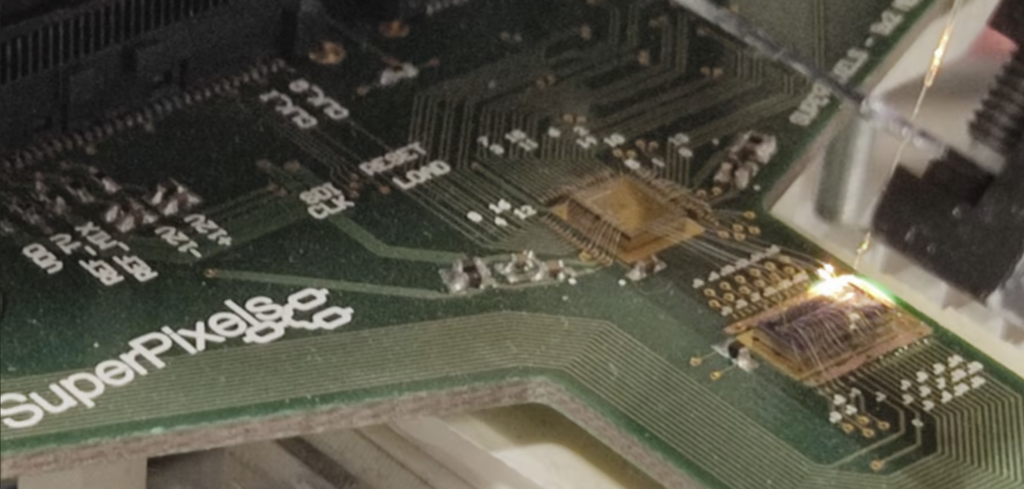A study by the Politecnico di Milano in Italy, conducted together with the USA’s Stanford University, Italy’s Scuola Superiore Sant’Anna and Scotland’s University of Glasgow and published in the journal Light: Science & Applications, has found a way to separate and distinguish optical beams even if they are superimposed and the form in which they arrive at their destination is drastically changed and unknown.
This is made possible by a programmable photonic processor built on a silicon chip of just 5mm2. The processor can receive all of the optical beams through a multitude of microscopic optical antennas integrated on the chip, then manipulate them through a network of integrated interferometers and separate them on distinct optical fibers, eliminating mutual interference. This device allows information quantities of over 5,000GHz to be managed, at least 100 times more than current high-capacity wireless systems.
“There are many applications that require advanced processing of optical beams, including high-precision positioning and localization systems for self-driving vehicles, sensors and remote object recognition, portable and wearable devices for augmented reality and new investigation techniques for biomedical applications,” noted Andrea Melloni, director of Polifab, the Politecnico di Milano center for micro and nanotechnologies. “These are research areas of great interest in which the Politecnico di Milano participates, with leading roles within European projects and in collaboration with industries in the sector.”
Similar to what happens in optical fibers, even in free space light can travel in the form of beams with different shapes, called ‘modes’, and each of these modes can carry a flow of information. Generating, manipulating and receiving more modes therefore means transmitting more information. The problem is that free space is a much more hostile, variable and unpredictable environment for light than an optical fiber. Obstacles, atmospheric agents or, more simply, the wind encountered along the way, can alter the shape of the light beams, mix them and make them at first sight unrecognizable and unusable.
“A peculiarity of our photonic processor is that it can self-configure very simply, without the need for complex control techniques,” said Francesco Morichetti, head of the Photonic Devices Lab at the Politecnico di Milano. “This allows scalability to new versions of the device, capable of handling many beams at the same time, further increasing the transmission capacity. It is also able to adapt in real time to compensate for effects introduced by moving obstacles or atmospheric turbulence, allowing the establishment and maintenance of optimal optical connections.”


